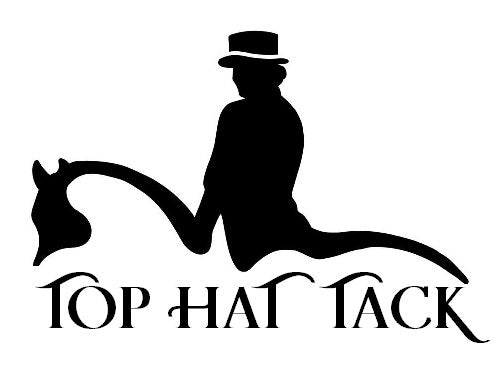I get this question a lot. What is the weight bearing surface area of a DP saddle?
So lets break down the elements that affect weight bearing area of a flex tree (DP saddle).
- Rider Weight: If you add a lighter rider you will compress the panels less than a heavier rider even if the riders are in the same seat size.
- Rider Size: A rider with a larger seat size will impact the horse more than a smaller rider. A rider that should ride in an 18.5 saddle riding in a 17.5in saddle will maximize the panel contact on the horse, where a rider that would normally ride in a 16.5 in saddle would minimize the panel contact in that same 17.5 in saddle.
- Rider Position: If the rider position pushes in their stirrups and braces back to the cantle area, then they will increase the surface area of contact of the panels. You would think it would only set the impact area back, however the girth is still attached to the front of the tree, and the weight from the stirrups will also put pressure on the front of the tree.
- Shape of the horse's back: If the horse has more curve then the saddle will make more contact with the horse than on a flat backed horse. Read more about ROCK HERE
- Saddle Length: Length of the panels vs. the saddle skirting. You can measure a saddle from front to back for total length, but if the panels attached under the skirting are smaller than the skirting length then the horse impact area is less. If there are no panels, like a traditional western saddle, then the skirting will add to the pressure area on the horse
- Saddle Width: Width of panels & Saddle affects the distribution area. A wider panel will have more area to distribute the weight across the horse. READ MORE HERE
- Shape: Shape of panels and Saddle affects the distribution area. For example a dressage saddle/panel is designed for less distribution than a baroque saddle/panel.
- Added Gear: Saddle pad, half pads, shims, weight in gear bags, all affect the distribution area. Putting a half pad under a saddle that is fit without one is like wearing a winter sock in a tennis shoe, it will increase the pressure along the whole saddle. Shims may alter the contact point of the saddle and increase pressure under the shim making the distribution uneven.
- Materials Used: Density (compression and material) of the flocking in the panels. Wool and foam and leather and sheep skin all have different densities that will affect impact area. A rigid material may not follow the form of the animal and will cause uneven distribution compared to a softer material that will conform with the animals shape and movement.
Panels are added to a saddle to distribute impact and weight so they need to be soft, shock absorbing, but at the same time rigid enough to not collapse the saddle on the horse's spine. The rigid portion usually comes in place with the tree. Leather tree, Flex Tree, Wood tree all add variable levels of protection for the horse against the riders movement, weight and impact. Treeless saddles are not all created equal and many do not have the proper systems to protect the horses' spine. Please talk to our trained fitters to make sure you are getting the right saddle for your horse and you.

There is no actual number that can be given for the weight distribution area of the saddle without putting a sensor pad on the horse, with the exact rider and the exact saddle and measuring the impact. The manufacturer can given an estimate based on a given rider's weight, height, build, and measure on a saddle stand. But this number would not help you with your horse and your saddle. That is where our saddle fitters at Top Hat Tack come to your rescue. We can help you measure your horse, discuss your seat requirements, and best suggest a saddle that will benefit both you and your horse.

